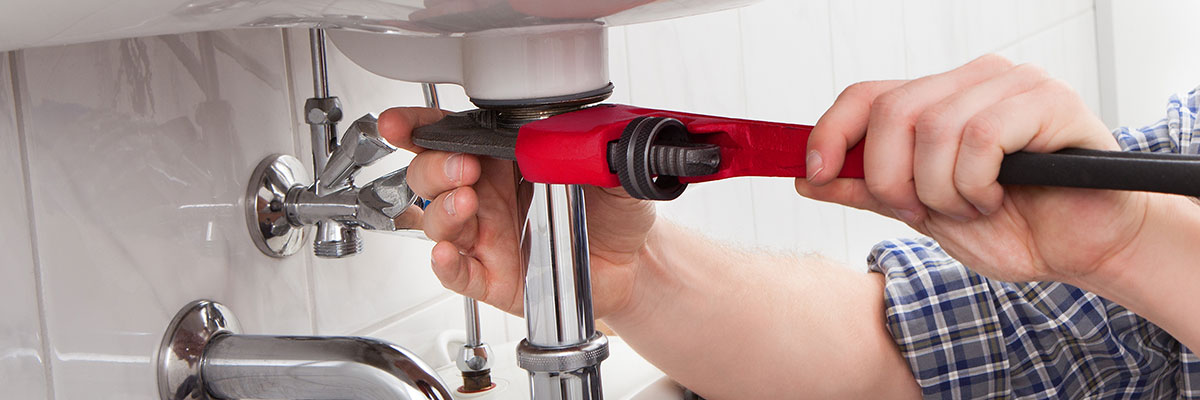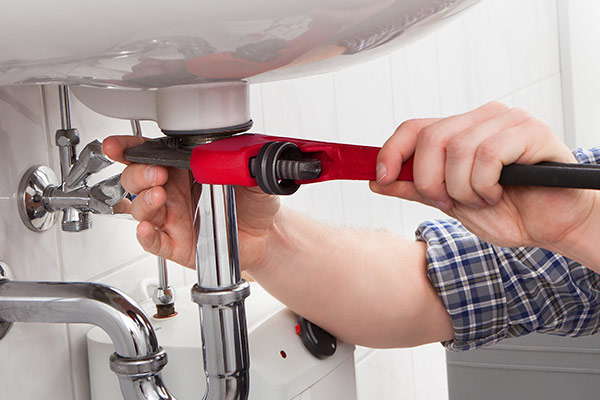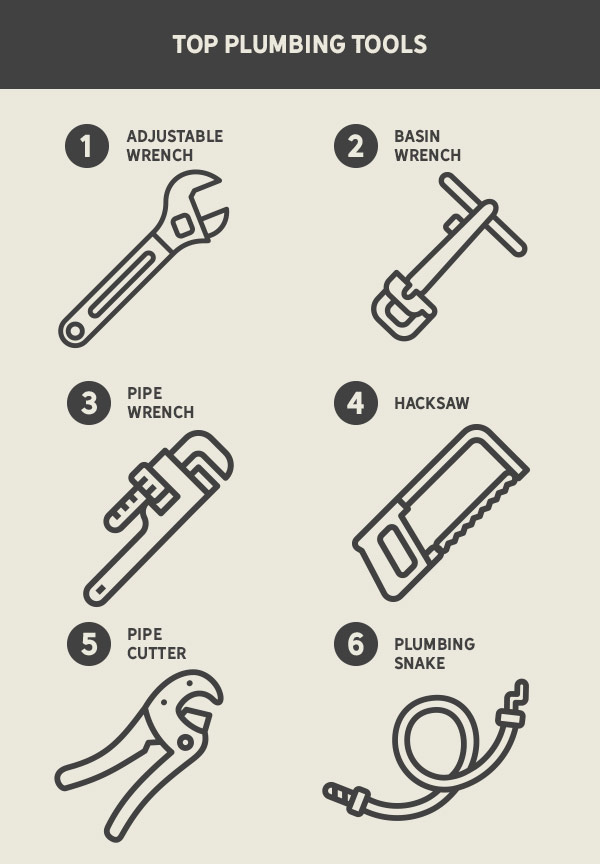

Must-Have Plumbing Tools for Homeowners
Plumbing tools aren't always just for plumbers. As a homeowner, you're bound to encounter leaks and clogs, which are never fun. Having a good set of plumbing tools can help you stay ready for everything from emergencies to minor plumbing problems. If you're trying to figure out what plumbing tools you need to stock up on, here's what you should have on hand to tackle most plumbing issues.


Top Plumbing Tools
It's smart to be familiar with your plumbing system inside and out and understand the types of plumbing pipes in your home. For example, typical plumbing pipes are made of PVC, cast iron is used for sewer waste lines, and copper for potable water lines. Some tools and materials, like pipe cutters, wrenches, and plumber's cement, are built to work with specific pipe materials.
Adjustable Wrench
An adjustable wrench is used for tightening or loosening fittings on pipes. There are various sizes, but the most commonly used are the six- and ten-inch options. Its adjustable jaw ensures you can use it across all areas of your home, not just for plumbing.
Basin Wrench
A basin wrench is helpful for tight and hard-to-reach places like faucets. Its t-shaped design makes it easy to reach the faucets in the back of sinks and latch onto the mounting nuts, which is why it’s used to install and remove faucets. To use a basin wrench, position the jaw perpendicular to the pipe, then grip onto it, and turn the t-bar handle clockwise to loosen the nut or counterclockwise to tighten it.
Pipe Wrench
A pipe wrench allows homeowners to install pipes or tighten and loosen them. The adjustable jaw and robust serrated teeth provide a firm grip to turn pipes and fittings. You can use a pipe wrench to loosen pipes if you need to replace them or tighten them if you're dealing with water leaks. You may need to get two of these since when plumbers use them, they use one pipe wrench to hold the pipe itself and the other to turn the nuts and bolts. They're great for heavy-duty use and can work with iron and steel pipes.
Hacksaw & Pipe Cutter
If you plan to install new pipes, you'll eventually need to use a hacksaw or other pipe cutter. A hacksaw can be used to cut through pipes for a custom fit or stuck fittings that can't be removed. It can cut through steel, PVC, copper, and aluminum. You need to be careful and ensure that you have something securing the pipe you're cutting to avoid accidents. Instead of a hacksaw, you can also buy tubing cutters, depending on the material of the pipe.
Auger or Snake
A drain snake is one of the best tools to eliminate clogs. This handheld device uses a flexible steel coil that goes down your toilet drain and works through the curves in your pipe system until it reaches the clog. Once you hit the clog, you turn the handle on the drain snake to force it past the clogging material and break it down. A 25-foot plumbing snake is sufficient for most homeowners, but you can buy 50-foot snakes for larger plumbing systems.
Screwdrivers
Screwdrivers are a must-have tool for any homeowner. In plumbing, screwdrivers can be used to tighten or loosen screws for faucets, pipe clamps, and appliances. You'll want to invest in a screwdriver set with multiple types of screwdrivers, including a Phillips head, Torx, flathead, and stubby screwdrivers. Each has its functions, and you'll use them around the house to solve more than just plumbing issues.
Plumber's Tape
Plumber's tape can be used to create watertight seals on pipes by wrapping it around the threads of a connection. Plumbers typically use plumbers' tape for threaded connections, where pipes are vulnerable to leakage. As a homeowner, you can use plumber's tape on your showerhead and pipe connections in the kitchen and bathroom sink. You'll find plumber's tape in many colors since some tapes are used to identify the type of pipe they're attached to. For example, yellow plumber's tape identifies gas lines, while white is the default color for water pipes.
Plunger
A plunger is one of the most common household items and acts as the first solution for unclogging a toilet. Press the plunger cup against the toilet opening until you create a seal. Then, push the plunger up and down to create air pressure that helps dislodge the clog. Every homeowner should have at least one plunger at home.
PVC Cement and Primer
PVC cement and primer work together to form a tight bond between pipes so that no leakage occurs. The primer is first added to soften the pipe and prepare it for the cement. The cement is added to bond the two pipes and create a watertight connection between them. Choosing the correct cement and primer depends on the type of pipe you're working on since ABS and PVC pipes require different materials. The material is handy when you're installing pipes and want to ensure the vulnerable points are protected from leaks.
Why You Need These Tools
These plumbing tools can help you during routine maintenance or when dealing with emergencies. If you ever need to take care of burst pipes quickly, deal with garbage disposal problems, or fix dripping faucets, you'll need to use them. A drain snake and a plunger can help you fix your toilet problems or unclog a sink quickly, but you might need a screwdriver and a couple of wrenches to fix your faucet flow rates. Regular maintenance, like checking for leaks, replacing damaged parts in the toilet, and getting rid of minor clogs, is essential to preventing bigger plumbing issues in the future.
